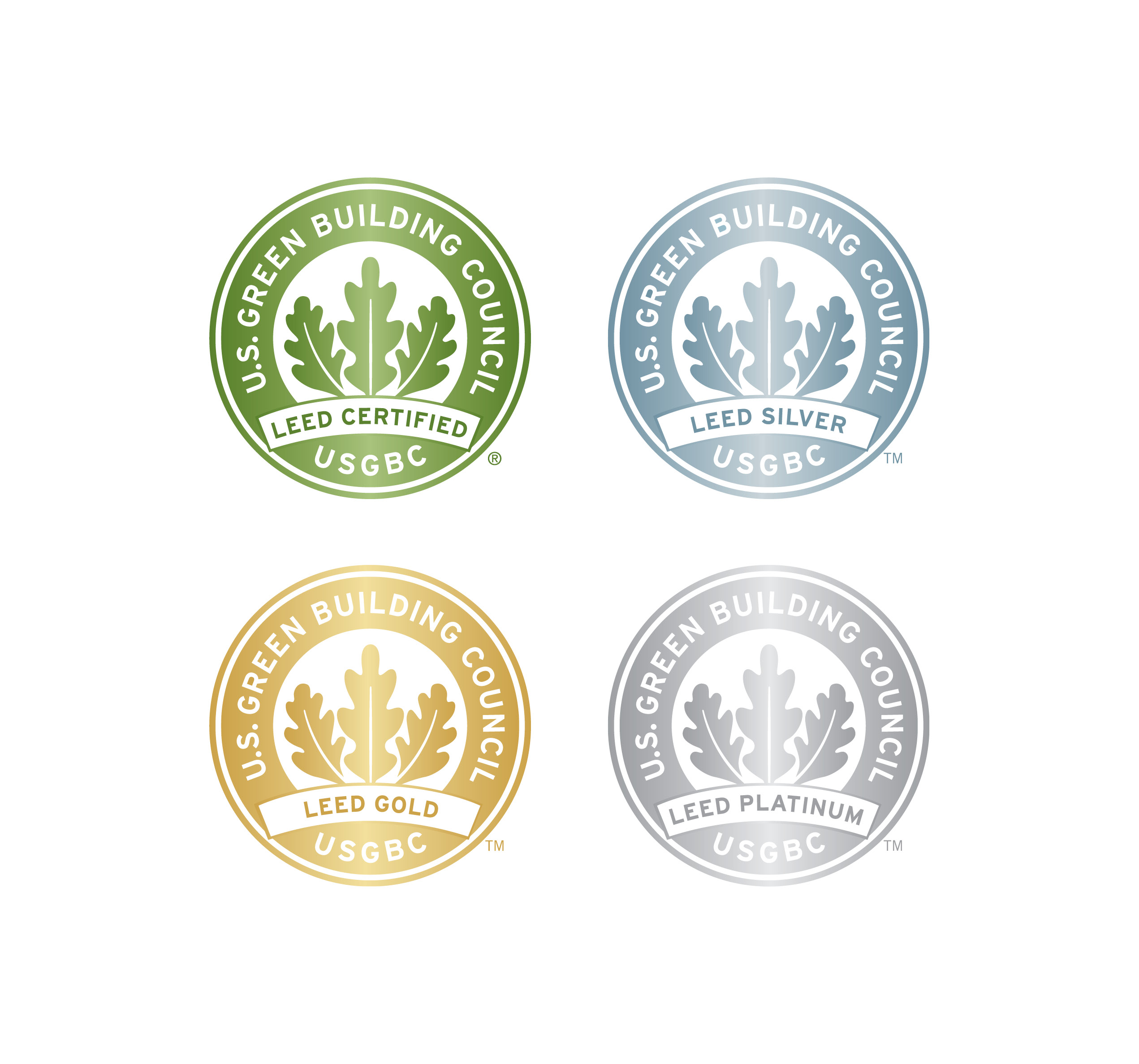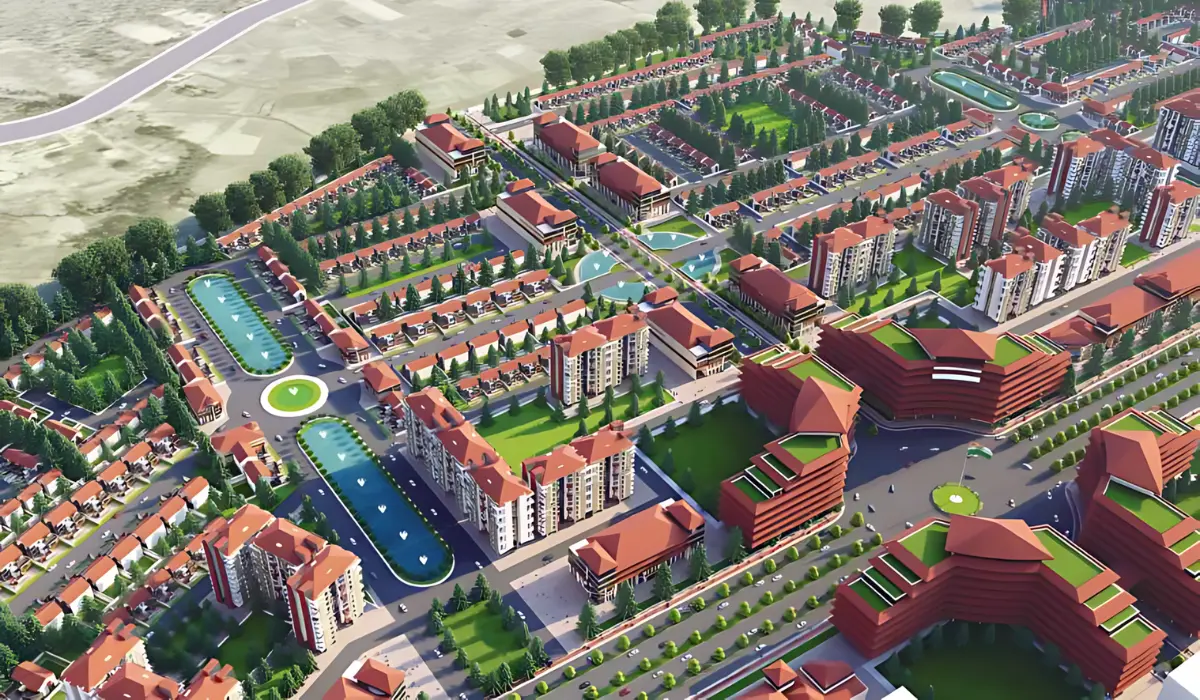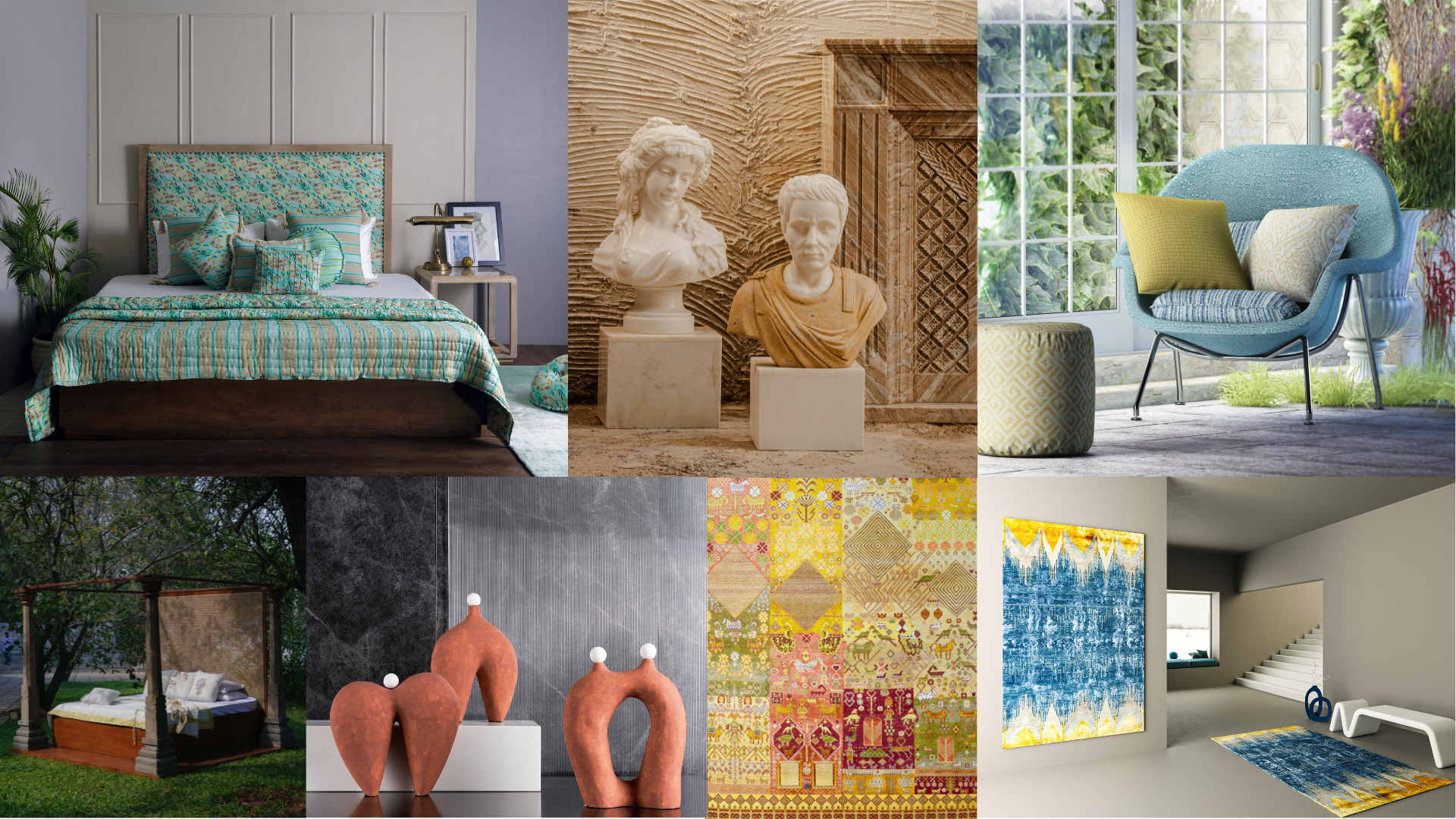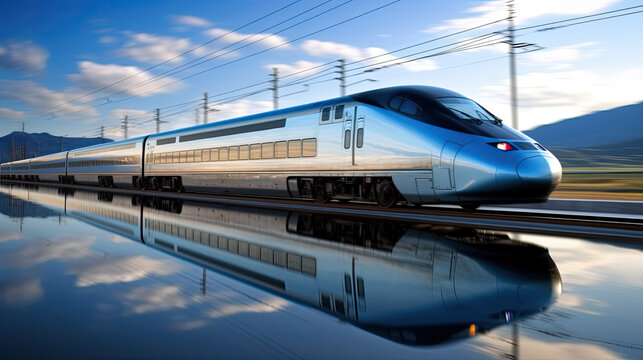5 LEED Rating System categories exist. Dedicated to encouraging construction in greener and more energy-efficient ways, the LEED Rating System stands for “Leadership in Energy and Environmental Design”. It is a point-based system which has a certain set of points allotted for each category in the stages of construction. The system thus influences and motivates people to follow sustainable options for their projects, in turn inspiring others to follow them for a greener outcome for their buildings. There are four types of certification available based on the points, which include, Certified, Silver, Gold and Platinum, with the first being the lowest and the last being the highest of the permissible achievable scores. The criteria for the rating system is therefore as follows:
Certified: This indicates that the project under consideration for LEED certification has received greater than 40% of the system’s fundamental points.
Silver: This showcases that the project has received more than half of the basic points.
Gold: This indicates that the structure under consideration has achieved more than 60% of the fundamental points.
Platinum: This is the highest level, indicating that the construction project has received more than 80% of the core points.
The 5 LEED Rating System categories are further divided into subcategories. They are as follows:
1. The LEED System for Building Design and the Construction (BD+C)
This will include four categories:
a. LEED System for New Construction and Major Renovation
Addresses both new construction and large upgrades of existing structures in terms of design and construction.
b. LEED System for Core and Shell
For projects in which the developer is responsible for the design and construction of the full mechanical, electrical, plumbing, and fire protection system but not the tenant fit-out.
c. LEED System for School Buildings
Limited to kindergarten to 12th-grade school grounds, for buildings including core and additional instructional areas. Non-academic buildings on school campuses and in higher education can utilise it.
d. LEED System for Healthcare
Restricted to hospitals that operate 24 hours a day, seven days a week and provide medical treatment to patients, including acute and long-term care.
2. The LEED System for Interior Design and the Construction (ID+C)
This will include three categories:
a. LEED System for Interior Works in Commercial Scale
For interior spaces that retail or hospitality purposes do not use.
b. LEED System For Retail
The interior areas, which merchants utilise to undertake the retail sale of consumer product goods. It includes facilities for direct customer service (showroom) as well as areas for preparation or storage that assist customer service.
c. LEED System for hospitality
Designed for interior spaces in hotels, motels, inns, and other service-related enterprises that provide transitory or short-term housing, with or without meals.
3. The LEED System for Building Operation and Its Maintenance (O+M)
By supporting complete buildings and interior spaces that have been fully operational and inhabited for at least one year, LEED for Operations and Maintenance (O+M) allows existing buildings to pay particular attention to building operations. The project may be undergoing renovations, or there may be little to no construction going on. LEED assists in the construction of high-performing buildings by concentrating on both performance-oriented sustainable techniques and results. Even if the resulting structure is exceptionally energy-efficient, it can take up to 80 years to make up for the consequences of dismantling an existing building and constructing a new one. LEED along with careful attention building operations can transform many older buildings across the world, that are inefficient and resource-draining.
4. The LEED System for the Neighbourhood Development (ND)
LEED for Neighbourhood Development (LEED-ND) was created to inspire and assist in the creation of better, more sustainable, and well-connected communities. A neighbourhood-scale project can thus be certified if it is in any stage of planning and design and is up to 75% complete.
5. The LEED System for Home Design and Construction
LEED houses are planned, built, and operated to be robust in poor weather conditions, and they are built with proactive design planning for anticipated catastrophic weather impacts.
Health Conscious: LEED houses are built to optimise interior fresh air while minimising exposure to pollutants and chemicals in the air, making them healthier and more pleasant.
Money Saving: LEED-certified houses consume less energy and water, resulting in lower utility costs. Certified homes consume 20 to 30% less energy than non-green homes on average, with some homes saving up to 60%.
Value: LEED houses may be built at the same price as non-green buildings with good planning. LEED-certified homes may therefore be eligible for reduced homeowner’s insurance, tax credits, and other benefits. Green homes are currently selling faster and for more money in many areas than comparable non-green properties.
Discover more from Biltrax Media, A Biltrax Group venture
Subscribe to get the latest posts sent to your email.





















